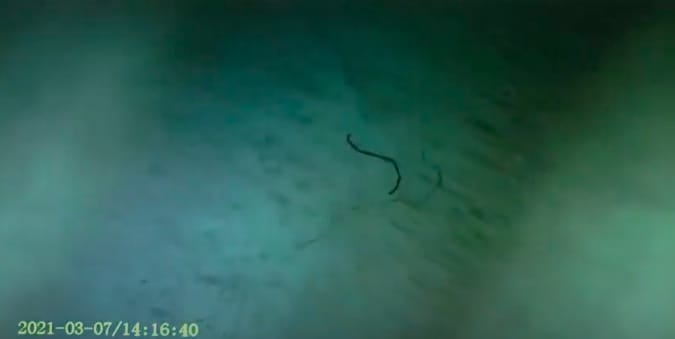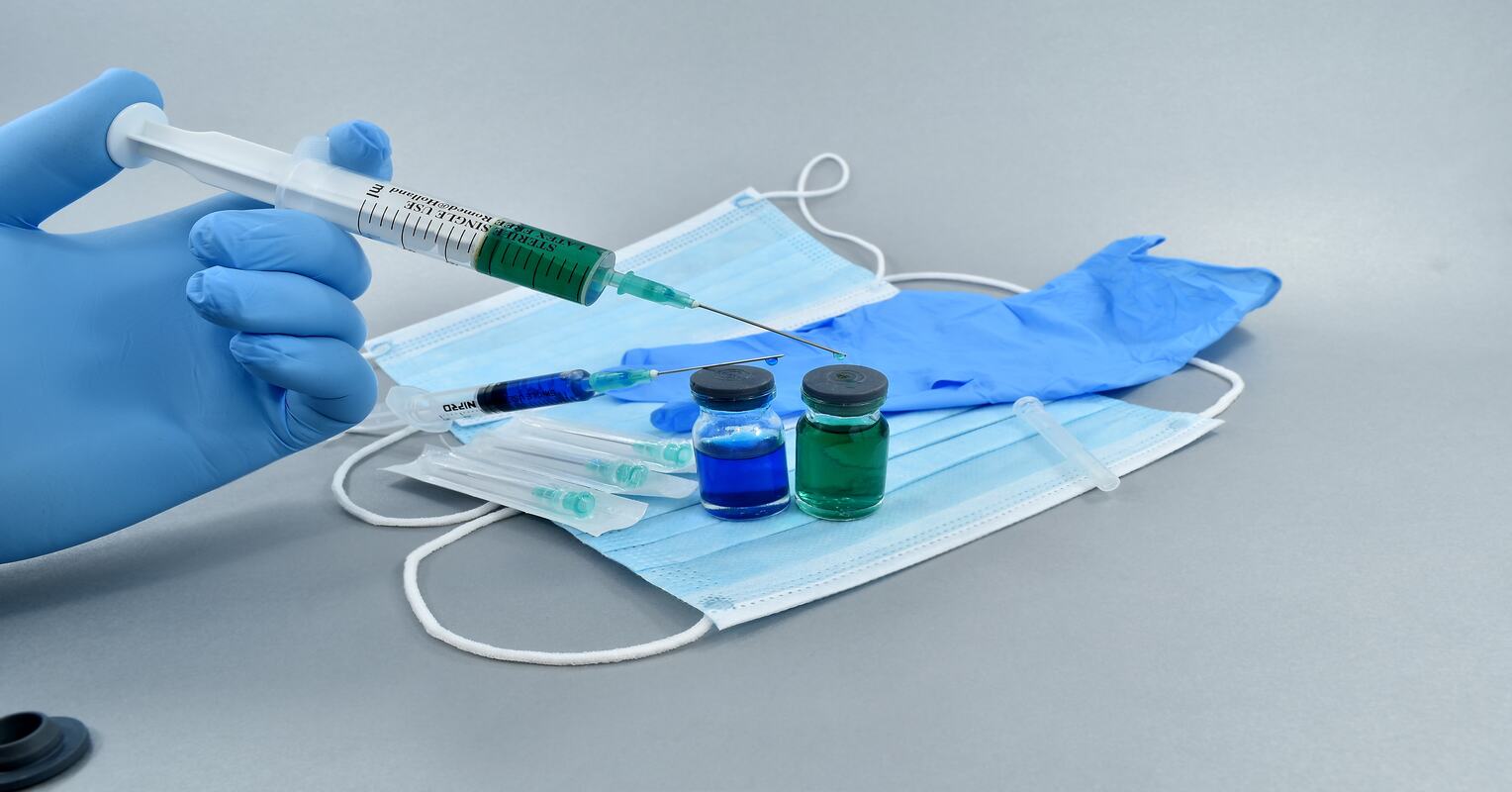There are claims on the Internet that medical masks and cotton swabs for taking PCR tests can contain causative agents of a rare and dangerous Morgellons disease. Over the past ten years, the disease diagnosed treats at least 12,000 patients in the United States. With the emergence of the COVID-19 pandemic, information about patients began to appear in other parts of the world - residents reported infection Kazakhstan, Ukraine And Russia. We decided to find out more about the mysterious disease, its pathogens, and also find out whether they live on tests and masks.
For the first time about Morgellons disease reported American Mary Leitao in 2001. She described the following symptoms: the appearance of specific wounds on the skin throughout the body, itching and burning under the skin, a feeling as if someone was crawling under it, and in the last stages of the disease, thin threads of white, red, black and blue begin to appear from the wounds. Since then, reports of a rare pathology have periodically appeared in the media. With the emergence of the COVID-19 pandemic, it became spread information that in tests for COVID-19 and in medical masks, either Czech or German scientists discovered the causative agent of this rare but dangerous disease.
Mary Leitao's two-year-old son had eczema, a non-contagious skin disease of an allergic nature. One day, she extracted a thread from a wound on his lip and described it on her website, suggesting that she was dealing with a disease previously unknown to science, caused by subcutaneous parasites. She also put forward the idea that because parasites are somehow related to GMO foods, doctors refuse to recognize this disease. After the publication on the site, other people began to experience similar symptoms. In 2004, the disease was named Morgellons, or Morgellons disease.
A beautiful name for a disease came up with it Mary Leitao herself. In 2004, inspired by the essay “Letter to a Friend” by British physician Thomas Browne, which describes a similar illness, she began calling her son’s disease Morgellons disease.
IN result The community of sufferers established the Morgellons Research Foundation, was able to raise impressive funds and convince the American Center for Disease Control to begin thorough research into the mysterious problem. It was assumed that subcutaneous itching could be caused by viruses, bacteria, fungi, plasmids or protozoa. However, not a single theory has received scientific support. Of all the drugs tested, the greatest effect was shown by neuroleptics (antipsychotics), a group of drugs used in psychiatry. As a result of many studies came out an article recognizing Morgellons disease as a non-existent disease with similar symptoms to delusional parasitosis (also known as dermatozoan delirium, or Ekbom's disease, in ICD-10 it is presented code F-22, and in ICD-11 - MB26.0). Delusional parasitosis is a form of psychosis that most often occurs during drug or alcohol intoxication, as well as in schizophrenia. Laboratory analysis of fibers extracted from ulcers of people complaining of Morgellons disease, showedthat these are cotton fibers that apparently got into the wound from clothing.

The very absence of evidence of the existence of the disease suggests the conclusion that it is impossible to contain its pathogens in PCR tests and medical masks. However, they are actively walking around the Internet video, in which some long fibrous formations are pulled out of masks with tongs. What is it then?
Cotton swabs for collecting materials for PCR tests consist of polyester or viscose, that is, a material that tends to accumulate a static charge and subsequently become electrified. Masks are being done made of synthetic non-woven spunbond material. Both materials are a canvas made of the finest threads that can move in air currents that are not perceptible to the human senses. That is, the movement that we see in such videos is simply the vibrations of small threads that make up the basis of the material, examined under magnification.
Thus, science today has every reason to believe that Morgellons disease is a subtype of delusional parasitosis, that is, a psychiatric and not an infectious disease, and all experiments with masks and cotton swabs for PCR tests are nothing more than observations of people who have little knowledge of physics, and are presented as a sensation.

Fake
Read on the topic:
- Dr Eugene Tan. Morgellons disease
- Clinical, Epidemiologic, Histopathologic and Molecular Features of an Unexplained Dermopathy
- Reuters — Fact check: A video of a swab used for COVID-19 tests does not show that the material is ‘alive’
If you find a spelling or grammatical error, please let us know by highlighting the error text and clicking Ctrl+Enter.






